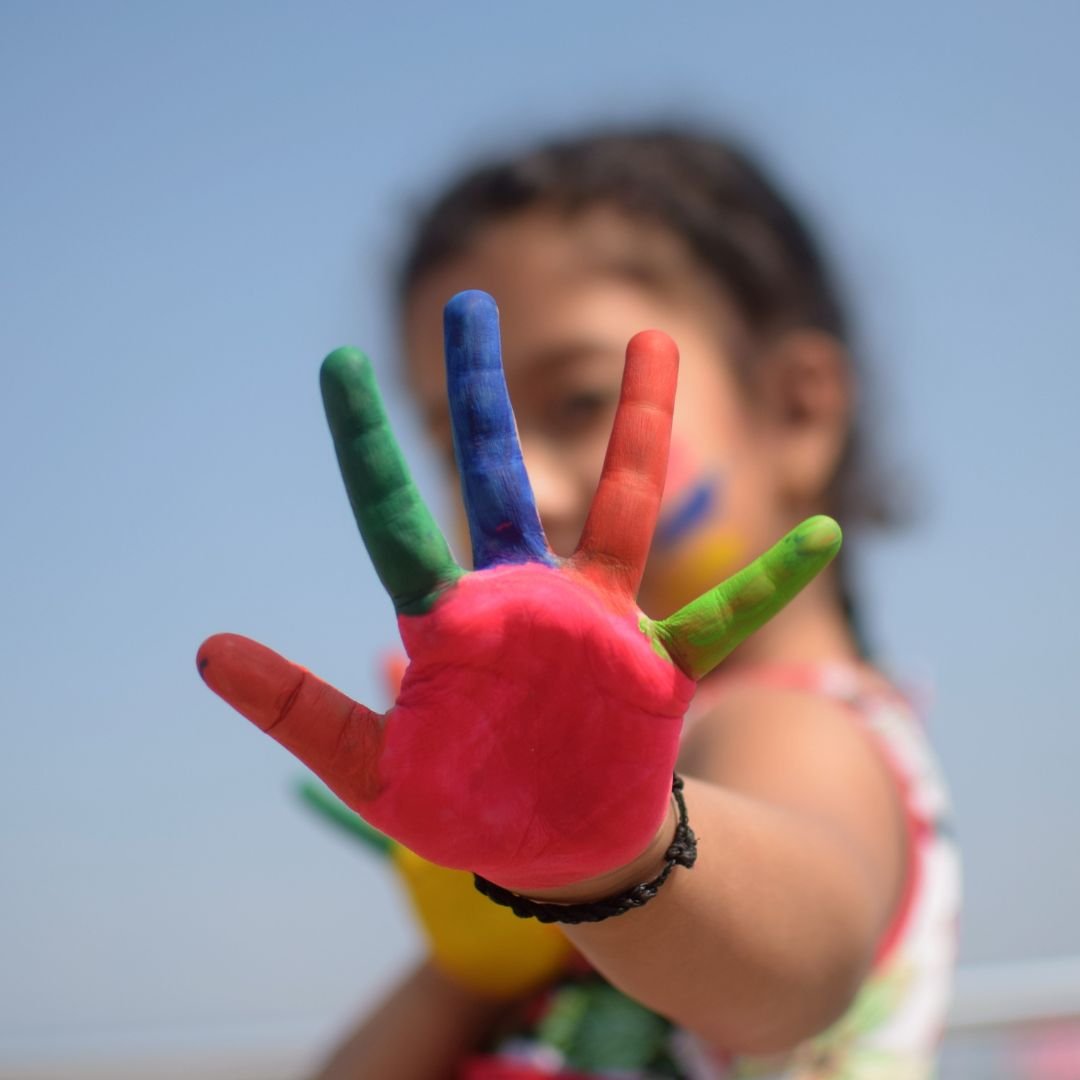5 Steps to Helping Kids Handle Real-World Stress
Today, one of our child therapists, Alexia Eller, LMSW is giving an overview on how children experience difficult times in their lives and how to be there for them when they need support and validation.
Do you look at your little one and think “man, they have it so easy. If only they knew what happened in the real world. I wish I was a kid again.” Well sadly, being a kid in 2022 is not all sunshine and rainbows. They have experienced internal pressure on themselves, academic pressure, peer pressure, childhood anxiety, school violence, pressure from the pandemic… let’s just say being a kid isn’t all it’s cracked up to be sometimes.
According to the Centers for Disease Control (CDC), a child’s environment can undermine their sense of safety, stability, and bonding, such as growing up in a household with substance use problems, mental health concerns and instability due to parental or guardian separation due to members being in jail. (Learn more about adverse childhood experience and the impact of youth violence.)
Children are thrown into an environment that may not be so appealing to them with a classroom full of strangers, some could be friends and some could be bullies. Children are put in an atmosphere where they feel like they have to be independent and learn new things, yet still want to rely on those who are their support system.
As a parent or guardian, you want what is best for your kid. They are unique and special to you and you want to keep them safe to experience their childhood as carefree as possible without all of the external issues coming at them full force.
Here are 5 tips for creating a safe space for your little one to talk to you:
Step 1 - Support your kid in voicing their feelings.
Children often like to blurt out their every thought and feeling regarding any topic at a young age to someone they are comfortable with because they do not feel judged. When kids feel safe expressing their feelings and thoughts, they know that they are being heard without judgment. Help them sort out their feelings by asking questions such as, “What worries you the most about this? When that happened today, how did you feel?” Open-ended questions create ways for your child to advocate for themselves and you can listen closely for clues on their worries.
Step 2 - Acknowledge your little one’s feelings.
After listening, relay to your child what they are feeling, whether it is sadness, anger, anxiety, or fear; it is normal. Remind your child that the academic personnel such as teachers, aides, principals along with police will do everything they can to keep them safe. Validate the event they are witnessing or experiencing to be true and avoid making false promises. Instead, remind them of your support and love for them.
Step 3 - Censor social media.
It is good for children to watch a movie or play games on a computer every now and then, but have boundaries in your household of how much time they spend on electronic devices and the media. Constantly being exposed to conversations, pictures, and videos of violence can impact your child’s anxiety.
Step 4 - Utilize your resources at the child’s school.
With rising exposure to conversations about school violence and safety, it is important to help children understand the mechanism in place to keep them safe. Ask the school staff about an assigned school resource officer for their specific school and what their job entails to be informed. Ask the school staff what measures they take into consideration when it comes to violence within school, whether it be from inside the school or outside. Partner with what your child’s school is doing and work to help your child address those concerns.
Step 5 - Watch your child closely
If a child is a witness or involved in a traumatic event at school or elsewhere, then watch their behaviors and listen to what they are saying. Sometimes, kids act out as a reaction to fear or stress. Look for certain signs in your child’s behavior and ask for assistance from the school social worker, child therapists, psychologists, and other professionals who might be able to help your child address their concerns. There is effective treatment for child trauma exposure, and early intervention can minimize longterm impacts.
These are just a few things as a parent to look out for when it comes to keeping your child safe while expressing themselves in an appropriate manner. Remember that kids’ brains are still forming and that they don’t think like you, so be patient with them, hear them out, and express your support for their wellbeing. A trained therapist can help assist your child with navigating the unexpected twists and turns of being a child.
By: Alexia Eller, LMSW
Are you interested in learning more about child therapy or how therapy may be able to better support your child, contact us today? In our Arlington, TX-based counseling office, our team of therapists (including Alexia Eller, author of this article) is equipped to help both in person and with online therapy services. We would love to connect with you whether it is to help guide you as a parent with these concerns or child therapy.



